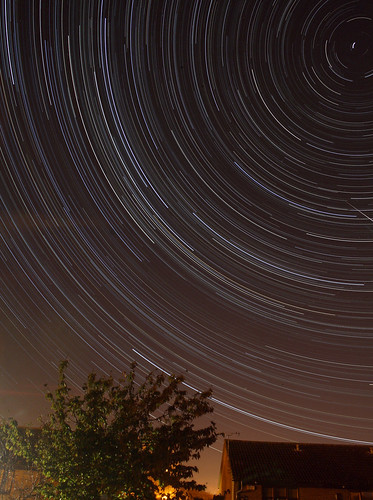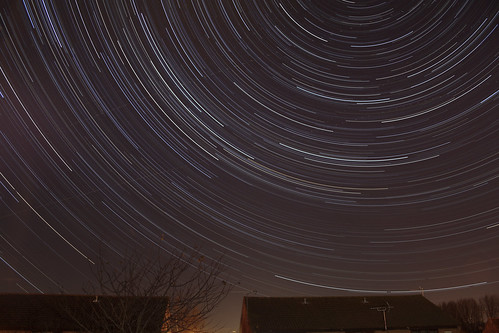I went to the pub with a few friends from the local photographic society, and eventually got home about 23:30. I looked up, as I always do, and saw it was a good clear night (you know - when you just seem to see more stars than usual). So decided to quickly cart my gear into the garden and set up.
 |
| Galaxies M81 and M82 Click for annotated version |
So I head downstairs and outside, and punch in M39 on the keypad and watch it slew to the right position. I look up to see... cloud. Bright lit-up-by-the-goddamn-moon type of cloud, moving in. I quickly fired the shutter for 30s to see if I could at least catch something before the cloud came in, but looking at the image after - a hazy blank image with the most prominent stars just shining through.
So I headed in and shouted at my girlfriend about how annoying it all was and she said to just wait a bit, it may pass. But of course, I'm sure you all know, there's never an opening in the cloud! I then noticed there was a clear area of sky lower down toward the horizon, so quickly found some more targets to try out. Armed with my list - M51, M52, M81, M101, I had another go.
 |
| M52 - Open Cluster in Cassiopeia Click for annotated version |
 |
| M39 - Open cluster in Cygnus Click for annotated version |
The only thing I am a little disappointed with, is I completely forgot to get some dark frames. Though my last few sessions have mainly used the same camera settings so could possibly use some of those.
I finished viewing at around 01:00. Came inside, then wrote down the file numbers of each object from - to, as I find this is much easier when I come to stacking as I know which RAW files to stack - considering I can't preview the image quickly.
The following day I processed the images using Deepskystacker 3.3.3 (beta version) and then touched up the images in Photoshop CS5. I'm really happy with how they came out, especially the two galaxies.

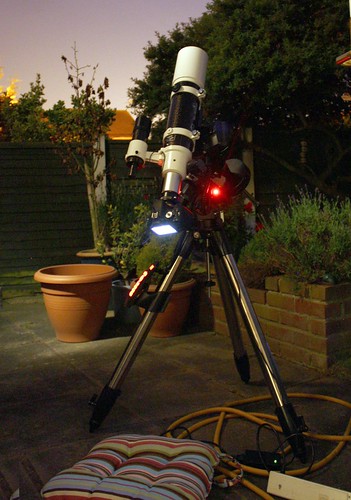
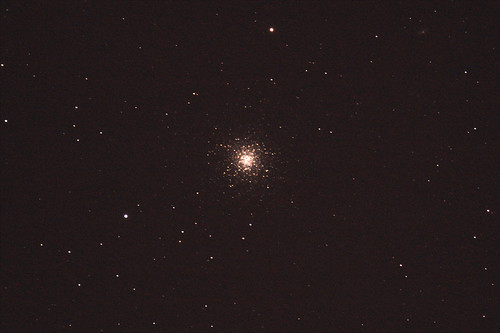
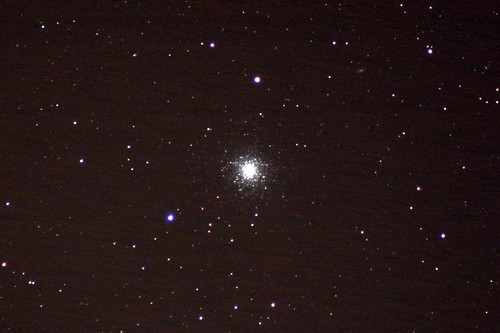
![Andromeda M31, M32, M110 (Big) [40 of 52]](http://farm3.staticflickr.com/2849/9105676743_467755064c.jpg)

